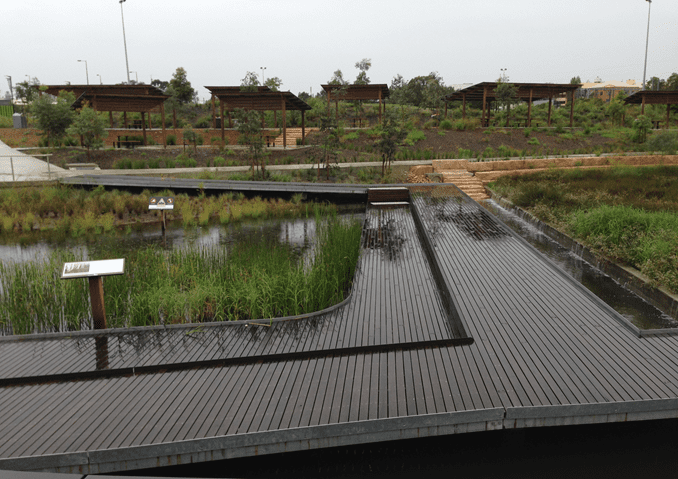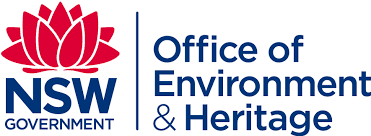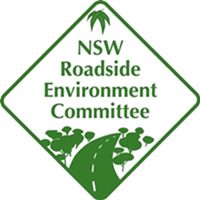
Molino Stewart has extensive experience in natural resource management (NRM) strategic planning, monitoring, evaluation and reporting. We have particular capabilities in the land and water industry, in sustainable agriculture and in building resilient rural communities.
In our NRM work, we recognise that people and their livelihoods rely on the health and productivity of our landscapes. Our scientific and technical understanding of ecology, resources and the life-supporting capacity of those resources underpins our projects.
We produce many publications related to NRM including the Roadside Environment Committee Newsletter, Floodplain Manager, (a free monthly publication that provides a comprehensive roundup of Australian and overseas issues, events and resources for floodplain management) and State of the Environment Reports for many of NSW’s local councils.
To support our NRM reporting, we have developed data collection systems to help collate and analyse environmental indicator trends. Some examples of natural resource management projects we have worked on include:
Best Practice Water Management in the Sydney Catchment Area

Molino Stewart worked with WaterNSW and local councils within the Sydney Drinking Water Catchment Area to assess the internal and external factors that influence a council’s ability to adopt and successfully implement an integrated approach to water cycle management. The study evaluated the key management areas (KMAs) relevant for holistic storm water management and the foundations for the adoption of water sensitive urban design within council operations.
Based on the evaluation and benchmarking outcomes, Molino Stewart worked in consultation with council staff to develop a suite of recommendations tailored for each council which sought to add value to council’s management practices and/or move councils to best management practice.
Private Land Conservation Working Group – Facilitation and Reporting

Molino Stewart facilitated the Private Land Conservation Working Group, which provided advice to the Minister for the Environment about how private land conservation could be supported within NSW. The Working Group consisted of representatives from environmental groups and land managers from across NSW. Molino Stewart provided facilitation for a series of meetings, research and reporting of outcomes.
Campbelltown Roadside Vegetation Management Plans

Molino Stewart prepared a Roadside Vegetation Management Plan (RVMP) for Campbelltown Council that provided best practice guidelines, policies and procedures for roadside vegetation management across the LGA. The RVMP was tailored in its approach to suit the requirements of rural roadside reserves that contain remnant native vegetation, including threatened species and endangered ecological communities. A key step in developing the RVMP was to map and describe remnant native roadside vegetation, assess its condition and analyse its role in reinforcing conservation values in the landscape.
The plan developed was realistic in terms of budget constraints, current operational requirements and was prepared in consultation with all relevant stakeholders in relation to roads and roadside easements. It applied the SMART (Specific Measurable Attainable Realistic Timely) approach to determining goals and actions and developed best practice guidelines for roadside vegetation management. A draft policy was prepared, to provide the Council with the framework on use, access, management, maintenance and harm minimisation for its roadside corridors.
Penrith Rural Living Incentives Biodiversity Scheme Research and Workshop Facilitation

Molino Stewart researched current incentives schemes for rural landholders and designed and facilitated two workshops for landholders in the Penrith LGA to identify possible ways for Council to support them in managing biodiversity and other environmental aspects on their properties. We produced hand-out material, developed a website concept plan for Council’s website to support the findings of the workshops and the feedback from participants and also wrote a report on the findings which we presented to key Council staff.
Roadside Environment Management Resources Update

Molino Stewart updated the tools and resources made available by the Roadside Environment Committee in support of best practice roadside environmental management.
These tools developed included a Roadside Handbook document, fact sheets on assessment of roadsides and planning for roadside environmental management, plus other resources to assist in developing Roadside Vegetation Management Plans.
Redbank Cumberland Plains Woodland Management Plan

Molino Stewart developed a management plan for a patch of Cumberland Plains Woodland which is recognised as a critically endangered ecological community.
The plan contained management strategies consistent with the Office of Environment and Heritage’s recommendations and best practice guidelines for managing Cumberland Plains Woodland.
The key elements of the plan were to articulate a range of recovery objectives for improvement to existing CPW remnants; include actions that meet best practice vegetation management guidelines which are effective and readily implemented that will achieve these objectives; and provide performance indicators to assist in monitoring and review of any management plan over an agreed time frame.
Data Audit for Namoi CMA Natural Resource Management Data Audit

Molino Stewart identified natural resource management data held internally and externally and audited all data in relation to its catchment targets and reviews of development applications. We then wrote a report outlining the findings of the audit and recommendations for improving the Namoi CMA dataset library.
Natural Resource Management Education Strategy and Development Plan

Molino Stewart researched the status of NRM education in both the Hunter and NSW North Coast landscape through stakeholder input and wrote a detailed background report on the research findings. From the research we developed strategies and implementation plans linked to the CMA’s Catchment Action Plan, using a reference committee consisting of representatives from local councils, government agencies, industry, environmental groups and rural landholders.

